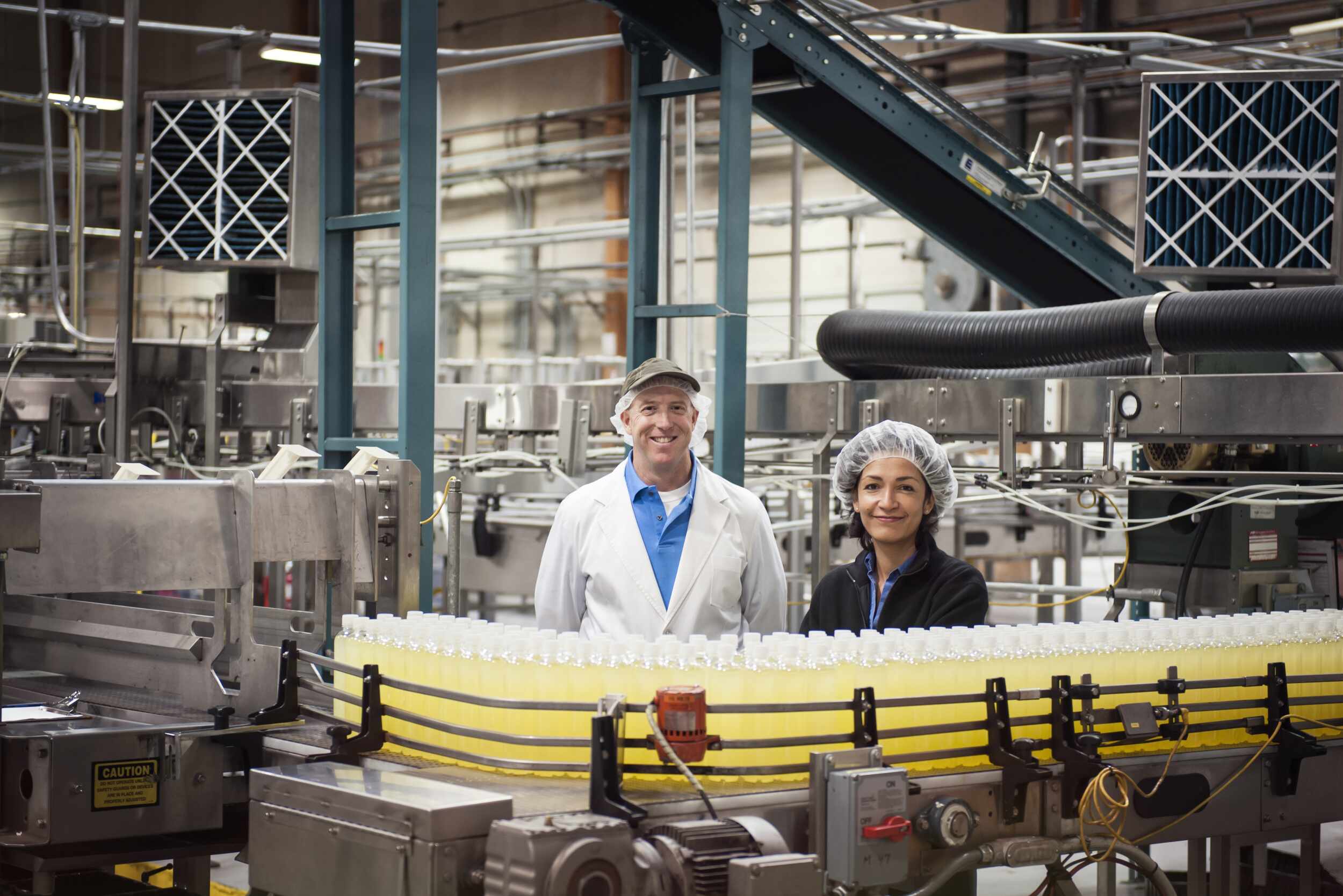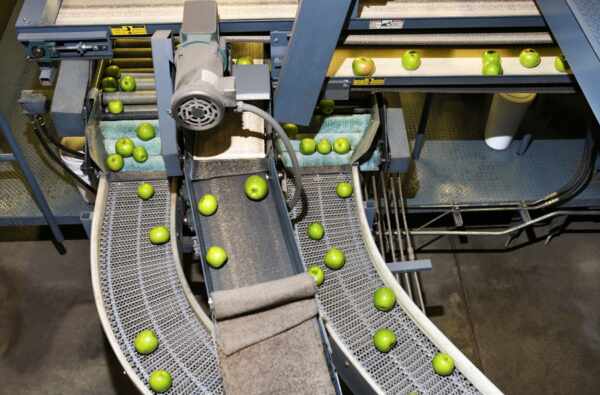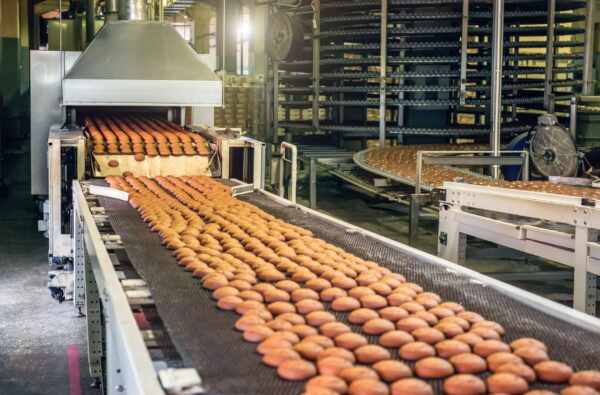Maintaining a safe and accident-free working environment is a priority for any food manufacturing facility, and conveyor belt systems play a significant role in ensuring effective safety practices. With their continuous operation and widespread use in manufacturing processes, conveyor belts pose various safety risks if not adequately managed. Conveyor belt safety should be a primary concern for any food manufacturer focused on protecting their workforce and maintaining a secure facility.
This comprehensive guide will delve into the critical aspects of conveyor belt safety, exploring the potential hazards and risks associated with these systems, and highlighting measures to mitigate those risks. We will uncover a range of safety considerations, including proper system design, protective safeguards, worker training, and regular inspections and maintenance.
By understanding the importance of conveyor belt safety and implementing the appropriate measures, you can significantly reduce the likelihood of accidents and injuries, safeguarding the well-being of your workforce and promoting a safe and efficient working environment.
At Change Parts Pty Ltd, we understand the importance of safety in food manufacturing applications, and are dedicated to providing quality conveyor belt systems and expert guidance to ensure that your facility is equipped to effectively and safely handle food products.
Conveyor Belt Safety: Protecting Your Food Manufacturing Workforce
Identifying Potential Hazards and Risks
To effectively address conveyor belt safety, it’s essential first to identify potential hazards and risks associated with the operation of these systems. Some common issues faced in food manufacturing facilities include:
1. Pinch points: Pinch points are created where the conveyor belt meets rollers, pulleys, or other components. Workers may accidentally become caught in these areas if they are not adequately guarded, which can result in severe injury or amputation.
2. Struck-by injuries: Unsecured objects or products on the conveyor belt may fall or become dislodged, potentially striking and injuring workers nearby.
3. Entanglement: Loose clothing or hair can become entangled with moving belts, pulleys, or rollers, potentially causing severe injury.
4. Slips, trips, and falls: Inadequate housekeeping around conveyor systems can lead to spillages, posing risks of slips, trips, and falls for workers.
Creating a Safe Conveyor Belt System Design
To reduce these hazards, consider the following aspects when designing your conveyor belt system:
1. Proper Guarding: Implement protective guards around pinch points, exposed moving parts, and other areas where accidental injury might occur. Guarding helps prevent workers from accidentally coming into contact with dangerous components.
2. Emergency Stops: Incorporate easily accessible emergency stops at various points along the conveyor system. These stops can be used to halt the belt’s operation if a worker identifies a potential hazard or if there is a need for immediate intervention.
3. Conveyor Height and Accessibility: Design conveyor systems at an appropriate height to facilitate easy access for workers, reducing the risk of overreaching and potential injury.
4. Proper Signage: Implement clear and visible safety signage to communicate potential hazards, safe operational procedures, and essential precautions to workers.
Implementing Protective Safeguards
Beyond system design, putting protective safeguards in place can further bolster conveyor belt safety in your food manufacturing facility:
1. Safety Gates and Fencing: Utilise safety gates or fencing around conveyor belt systems to create a barrier between workers and hazardous areas, reducing risks associated with moving components.
2. Safe Walkways: Designate clear, safe walkways around conveyor belt systems, keeping workers at a safe distance from potential hazards.
3. Lighting and Visibility: Ensure adequate lighting and visibility around conveyor belt systems, making it easier for workers to identify and avoid potential hazards.
Worker Training and Awareness
Training and raising awareness among workers is a vital aspect of conveyor belt safety. Educate your workforce on essential safety procedures, including:
1. The proper operation of conveyor belts, including how to start and stop the system and potential hazards associated with its operation.
2. The importance of maintaining a safe distance from moving parts and avoiding contact with exposed components.
3. The correct use of emergency stop procedures and the locations of emergency stop buttons throughout the facility.
4. Reporting any unusual sounds, vibrations, or malfunctions to supervisors or facility management for immediate investigation and remediation.
Regular Inspections and Maintenance
To maintain a high level of safety, conveyor belt systems require regular inspections and maintenance:
1. Scheduled Inspections: Conduct routine visual inspections of your conveyor belt system to identify potential hazards or signs of wear. Address these issues promptly before they escalate into severe problems that could compromise safety.
2. Preventative Maintenance: Implement a preventative maintenance program to ensure your conveyor system operates smoothly and safely. This program should include cleaning, lubricating, and replacing worn or damaged components as necessary.
3. Equipment Upgrades: Stay up-to-date with current safety standards and upgrade your conveyor belt system when necessary to maintain compliance.
Conclusion
Ensuring conveyor belt safety in your food manufacturing facility is of paramount importance, as it helps protect your workforce, maintain a secure working environment, and adhere to stringent food safety standards. By identifying potential hazards, implementing safe conveyor belt system design practices, providing worker training, and conducting regular inspections and maintenance, you can significantly reduce the likelihood of accidents and injuries.
By partnering with trusted suppliers and experts like Change Parts Pty Ltd, you can gain access to the support, guidance, and quality products needed to create a safe, reliable, and efficient conveyor belt system that supports your food manufacturing facility’s success.
For expert advice on enhancing your food manufacturing facility’s conveyor belt safety, trust the professionals at Change Parts Pty Ltd. Reach out today and receive personalised guidance, premium products, and outstanding support in ensuring a secure and productive workplace for your valued team.



